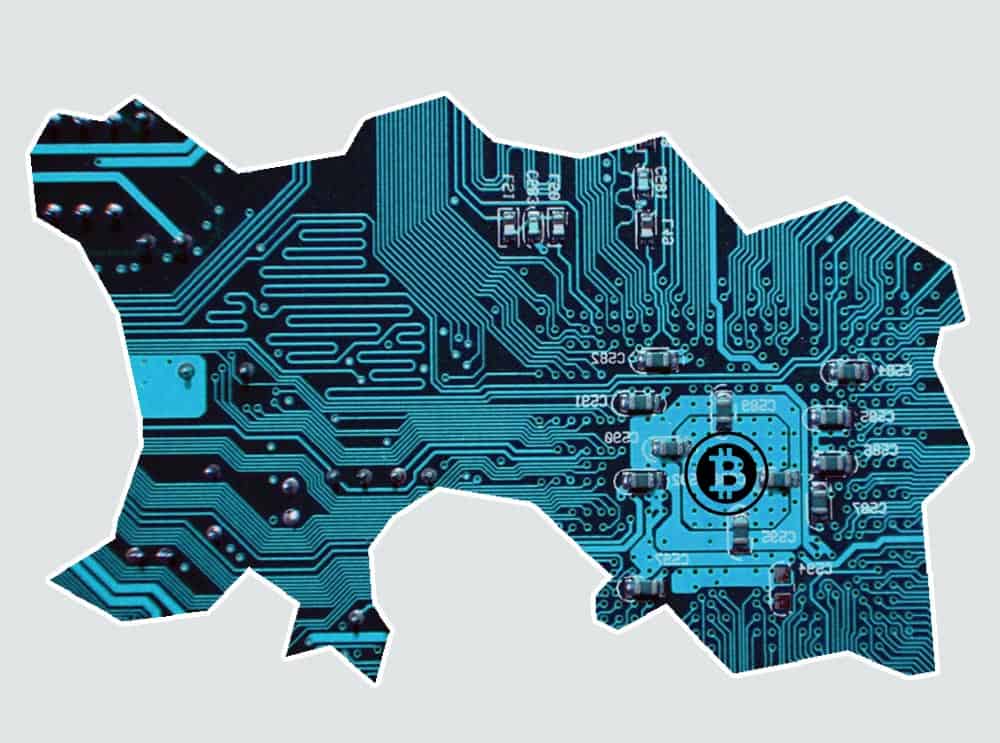
Background
As early as the 8th century people have been trying to turn base metal to gold without success.
Then in 2009 a pioneer, going under the pseudonym ‘Satoshi Nakamoto’ went one step further – seemingly turning thin air into money. He had solved the electronic cash systems equivalent of the unsolvable problem, eliminating the potential for double spending. What he created was called ‘Bitcoin’.
In the ‘real world’ of banking, financial transactions are centralised, a trusted person or institution sits at the centre of the transaction to verify that the transaction is valid and that funds have been sent and received. Satoshi’s world differs in that there is no need for a middle man, both parties (sender and recipient) have a digital wallet with two keys; a private key and a public key. In order to send funds to someone else’s wallet, you simply need to know their public key, in the same way you need to know someone’s email address to send them an email. The only way to access your account is via your private key (that only you should know).
It takes about 15 minutes for a network of computers belonging to ‘miners’ to verify any transaction. Miners are people who provide an update service, putting each transaction into an unalterable ‘block’ that is attached to any previous block changes before it. Every transaction in the chain is visible and forms what is known as a ‘blockchain’, which is, effectively a digital, public ledger.
During the 19th century gold rush, while a few miners struck lucky, the majority did not and interestingly, those who really profited were the businessmen, who sold food and clothing to the miners. There is a finite number of Bitcoins, and at some point, the miners will require a fee for their processing, (a facility that has been built into the technology). Therefore unlike the gold rush of the 1800’s, Bitcoin miners can be assured of a return.
The opportunity for Jersey
Satoshi removed the layer of middlemen required for a financial transaction to function; his decentralised ledger rewards the miners for their efforts. Despite this, however good the concept and its associated technology, Bitcoin’s Achilles heel remains its status as a ‘unrecognised’ currency. There are some signs that this is changing however; at a recent SWIFT (an international payment verification network) annual conference, Bill Gates revised his position on Bitcoin, once referring to it as “a potential force” and recognising it as a “key future technology”, and a possible threat to SWIFT. Others, such as Warren Buffet remain to be convinced.
This means that to create an effective cryptocurrency ecosystem, we need a means of conversion or “an Exchange” between the traditional measure of wealth (sterling, dollar etc) and the electronic means (i.e. Bitcoin and other cryptocurrencies). When you consider existing Bitcoin communities, there are pockets of meaningful activity across the globe where they are supported in this way. However as mentioned in previous blogs, this activity is not currently supported by banks for illogical reasons. The recent melt down in the Isle of Man; is a case in point, they developed a clunky solution to the banking issue but it was closed down and Bitcoin businesses based there are now looking for other homes.
Meanwhile, Jersey has delivered the world’s first regulated expert fund in Bitcoin and has just applied to create the world’s first captive insurance vehicles, in which all premiums and claims are paid with Bitcoin. Yet today, despite this, local banks are yet to support this activity or declare public interest. Meanwhile locally regulated Corporate Service Providers (CSP) continue to work with a network of trusted and often confidential banking relationships in this sector.
It follows then, that for Jersey to be successful it has to balance reputational risk of engaging with Bitcoin (given its position as a leading international finance jurisdiction with strong governance and regulatory frameworks) with the opportunity this potentially disruptive technology brings. Credible Exchanges are usually very keen to show to regulators and compliance experts their superior KYC AML processes and technology. In order then to further develop growing local cryptocurrency activity and knowledge, a number of key enablers are now required:
- Supportive Government Strategy and Policy
- Progressive appropriate regulation
- Local adoption
- Resilient and high capacity connectivity
- Technical and developer skills base, expertise in Blockchain solutions and financial service providers willing to act as a test bed
- Exchange, banking and insurance services
Jersey has all of these enablers to some extent, although the banking needs to be solved. This would be the building block of a vibrant ecosystem and once coupled with the entrepreneurial drive, significant benefits and rewards are achievable across the spectrum. Turning back to Bill Gates, SWIFT is used by virtually all banks in Jersey; if he is correct it is only a matter of time before they will be embracing the technology.



